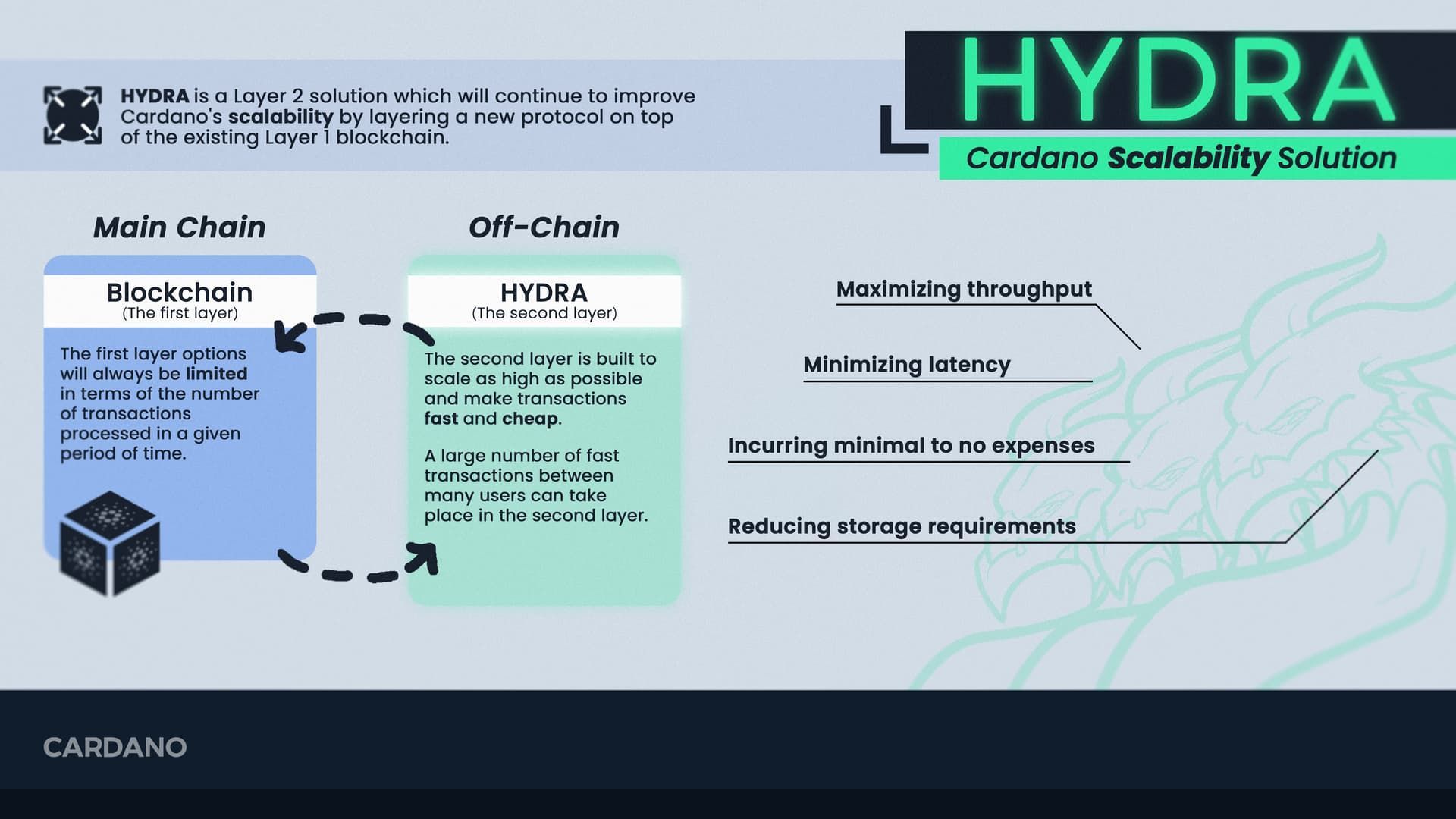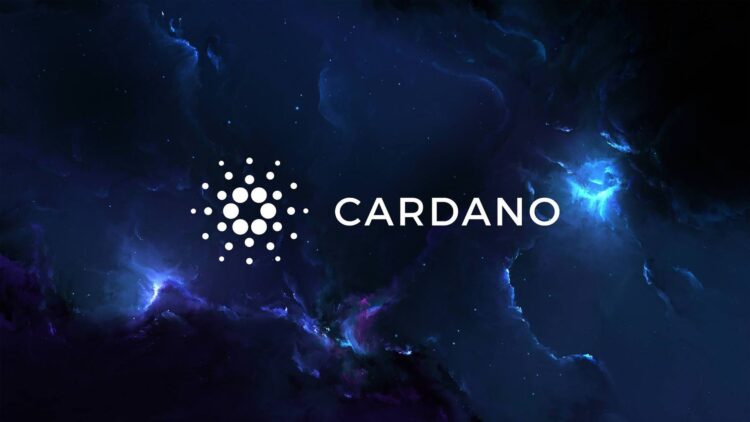Cardano, a Layer 1 blockchain protocol, has announced the launch of its highly-anticipated Cardano Hydra upgrade. The release of the first Hydra Head on the Cardano mainnet marks a significant milestone in the Cardano ecosystem, positioning it as a formidable smart contract hub in terms of scalability and transaction costs.
The Hydra family of protocols is aimed at making Cardano more scalable and adaptable for various use cases that require fast and cheap transactions. With the release of Cardano Hydra, the questions such as what Cardano Hydra is, its implications for the blockchain ecosystem, and how it compares to other Layer 1 protocols became significant ones for blockchain enthusiasts.
What are Cardano Hydra and the Hydra Head protocol?
Hydra is a layer 2 scalability solution for Cardano that aims to increase transaction speed through low latency, high throughput, and minimized transaction cost. The Hydra family of protocols was designed to make Cardano more scalable and adaptable for various use cases that require fast and cheap transactions. Its goal is to make the parent blockchain more usable by scaling its transactions.
The Hydra Head protocol is the first of many building blocks on Hydra aimed at enabling applications to offload some transactions from the global Cardano network into more local contexts, where the transactions are only run by involved parties, increasing transaction speeds.
Sebastian Nagel, a developer working on the Cardano Hydra protocol, confirmed that Hydra Head is not an upgrade and, as such, is not subject to any hard fork. Nagel further emphasized that the Hydra family of protocols is meant to help Cardano become more scalable and flexible in several use cases.

The first Hydra Head version 0.10.0 was released in late March on the mainnet, setting the pace for other releases in its category aimed at boosting Cardano’s performance. In a video insight shared by Nagel, he noted that Hydra is the first of the protocols that will help Cardano achieve the ultimate scalability it desires.
Nagel confirmed that it is not yet a finished product, and there will be more releases to incorporate more use cases. “You now have this version 0.10.0 available. It’s not done yet, but it is a very good starting point. There will be more releases to incorporate more user needs. Our focus lately has been making it possible to run on the mainnet. Our next focus is really to bring in more use cases,” he said.
While Cardano is exploring avenues to make its network more scalable through Hydra, other competing Layer 1 protocols are also working towards achieving scalability. Ethereum, for instance, is welcoming a series of Layer 2 solutions, including Polygon zkEVM, Optimism (OP), and Arbitrum (ARB), among others, to help in changing the future of the network to allow for more usability.
The race to dominate the smart contract and decentralized finance (DeFi) ecosystem is tough, and recently, Sui Network joined the race with a very high throughput of 300,000 transactions per second (TPS).
The release of Hydra version 0.10.0 on the mainnet marks a significant milestone for Cardano and its ecosystem. It represents a major step forward in developing Cardano’s scalability and ability to handle complex smart contracts.
As the Hydra family of protocols expands, Cardano is well-positioned to take advantage of its scalable solutions and attract new users and projects to its network. It is expected that the development of Hydra will make Cardano more competitive with other blockchain protocols, especially in the decentralized finance (DeFi) ecosystem.
Cardano’s Hydra upgrade has set a new standard for scalability on the proof-of-stake (PoS) network. The release of the first Hydra Head on the Cardano mainnet has excited the community, which believes this will position Cardano as a formidable smart contract hub in terms of scaling and transaction costs.
As other competing Layer 1 protocols race to dominate the smart contract and decentralized finance (DeFi) ecosystem, the release of Cardano Hydra could give Cardano an edge in the market. The implications of Cardano Hydra’s release are significant, as it will increase the transaction speed and scalability of the blockchain. The Hydra family of protocols will also make Cardano more flexible and adaptable to different use cases that require fast and cheap transactions.
If you are interested in the Cardano Network transactions record, take a look at our article on the subject.





